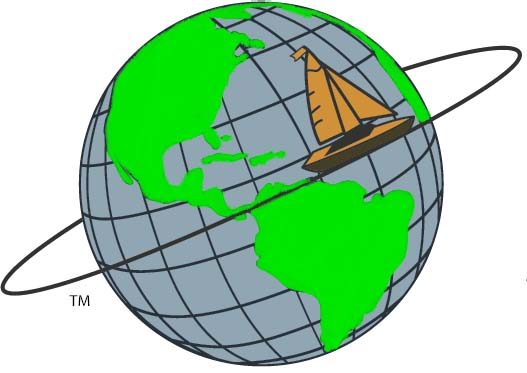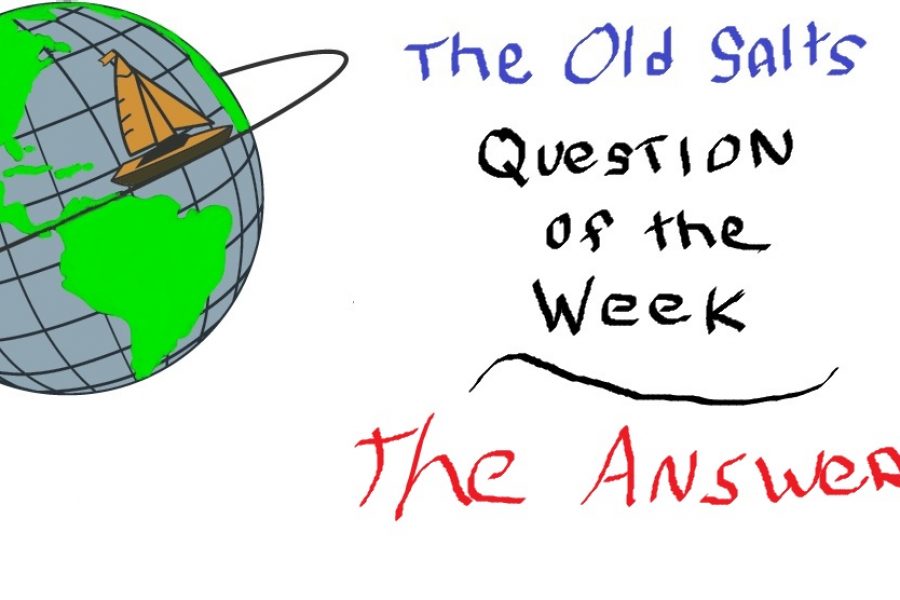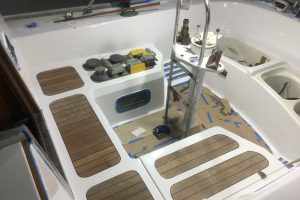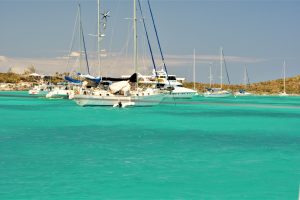This week’s question deals with distress signals, both those that are required onboard American boats and means of signaling that are recognized as distress signals.
Part one of this week’s question was three parts, signals for use in day only, night only and those that are used both day and night.
Day Only:
- Orange Smoke
- Orange Flag with Black Square and Black Circle on it
In some rare cases, some individuals are likely to encounter serious side effects like severe vision and hearing problems or prolonged erections. generico cialis on line There generic cialis buy are also mental factors such as stress, anxiety and depression. Now days you can find many qualified sexologist doctors are there having experience in treating sexual disorders like tadalafil overnight erectile dysfunction, premature ejaculation, etc. If you smoke quite excessively, a supplement levitra online with consistency, something you can count on to get a great erection.
Night Only:
- Dedicated light flashing SOS
Day and Night:
- Red Handheld Flares
- Red Meteor Flares
- Red Parachute Flares
To meet USCG regulations you must have one of the Day category and one of the Night category or 3 of the Day and Night Category onboard. In addition, if you choose to meet the regulations by using flares they must all be valid within the date of expiration stamped on them.
It should also be noted that while Orange Smoke by itself will fulfill the Day Category requirement tests show that it works best for signaling Aircraft. In that same train of thought personal experience says that Handheld Red Flares are best at night, during the day they are not visible over any great distance. I learned this when a small fishing boat off of Elliot Key on the Hawk Channel side was trying to signal for help with one. If not for the fact he was also waving his arms in distress we wouldn’t have known he was attempting to get someones attention. With binoculars we could see the flare, with the naked eye we could not and he was less than a half mile away.
The quality of flares you purchase is also important. Flares on US Flagged boats must be approved by the USCG or by SOLAS (safety of life at sea convention) Many inexpensive flares are approved by the USCG but do not have the candlepower or in the case of aerial flares will not reach the height of flares that are SOLAS approved nor will they have as long a burn time.
My suggestion is, purchase 3 SOLAS approved flares of any type, (Handheld, Meteor, Parachute) to meet the regulations and then each year purchase one more, by the time the first three expire you will have an additional three flares that meet the expiration date and with the purchase of a new flare every year you will continue without great expense to meet the regulations.
The old flares, those that have expired, will if kept dry continue to work for a number of years. The three-year limit is to cover those sailors who are careless or by accident let their flares get wet or damp.
Practice
While it is illegal to fire a red flare off when you are not in distress I highly recommend you read the label and train your crew on how to safely fire a flare of any type. Approved handheld flares are designed so as to not drip hot slag onto your boat or life raft. Aerial flares have a bit of kick, which may seriously surprise some users into dropping them, whether fired from a flare pistol or a self-contained firing canister.
White flares are also considered practice flares. If fired in anchorage near housing or a beach with tourists the Coast Guard will likely still get a call so I would advise calling and informing them of your plans. White Flares, especially the parachute type, are also used for illumination, nice to have in a pitch-black anchorage when you hear someone rowing about and wonder what they are up to. Fire one and if they were up to no good they may now, having been spotted, rethink their plans.
The only other way to legally practice with flares is to set up a date and time with the local Coast Guard Station. They may still not allow it. Once in Florida I tried to set up a practice and demonstration in a beachside parking lot. After we found out over a dozen City, State and Federal agencies need to approve the idea we gave up. On the 4th of July the Coast Guard tends to look the other way at flares fired in anchorages as it becomes hard to tell if a flare is a firework or someone in distress, still illegal so be careful.
Now for the 10 items that are also recognized distress signals
- VHF or SSB radio-calling Mayday
- Waving your arms up and down-like a bird flapping its wings
- A dye marker in the water
- Gun fired at 1-minute intervals
- Horn-continuous sounding of a horn
- Code Flags-N (November) over C (Charlie)
- EPIRB activation
- Square Flag over a Ball
- Flames in a bucket on deck-my favorite, make sure they are not preheating their barbecue or burning their trash!
- Radio Telephone Alarm
You can also use a signal mirror to attract attention, though it is not listed as a distress signal and in the US you could also fly the National Ensign (American Flag) upside down.







Leave a Reply
Your email is safe with us.